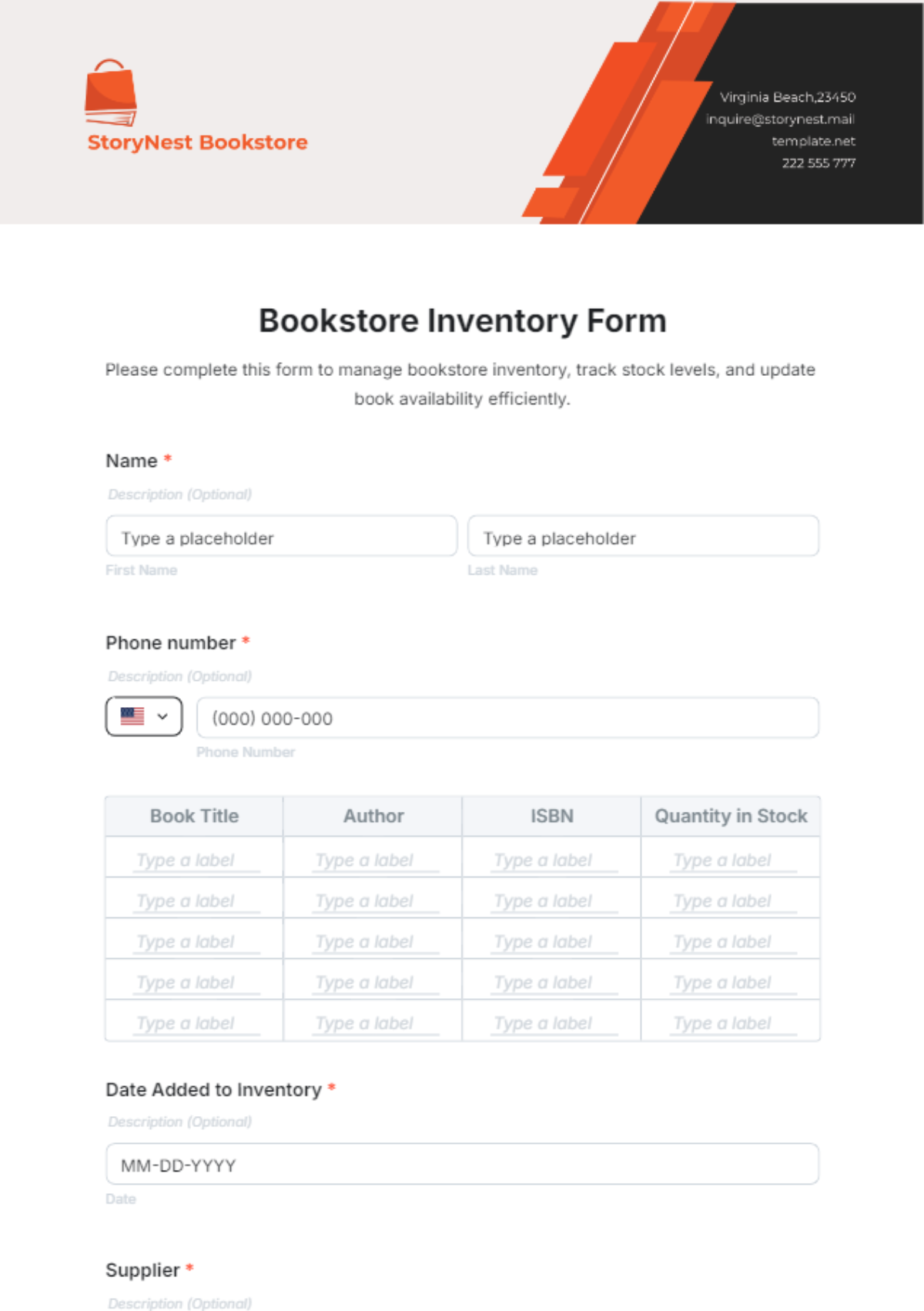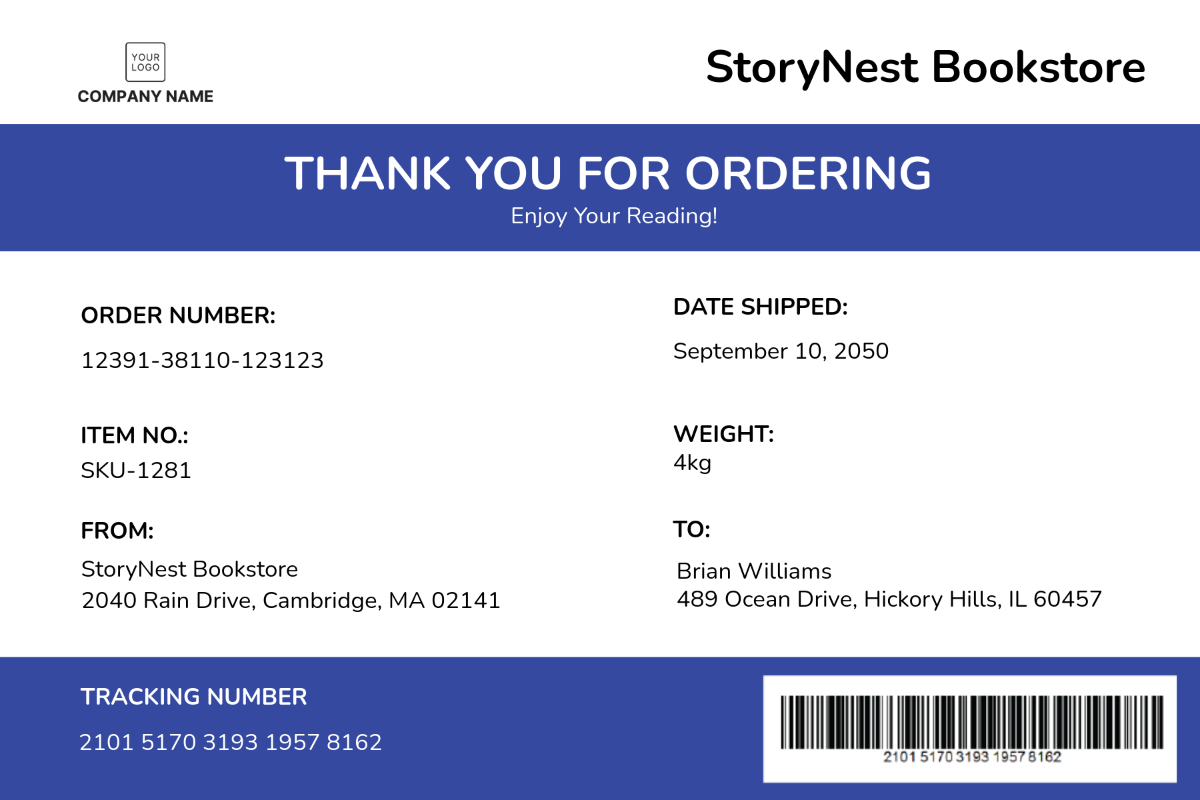Textbook Chapter Outline
Author: | [YOUR NAME] |
Company: | [YOUR COMPANY NAME] |
Department: | [YOUR DEPARTMENT] |
Date: | [DATE] |
I. Introduction
This chapter, [CHAPTER TITLE], delves into the critical aspects of [SUBJECT OR TOPIC], providing a comprehensive overview and deeper understanding necessary for advanced studies in [FIELD OR DISCIPLINE]. By exploring theoretical frameworks and real-world applications, students and professionals alike will gain a solid foundation to build further knowledge.
The objectives of this chapter are to outline the principal elements of [SUBJECT OR TOPIC], discuss its implications in various professional fields, and introduce innovative methodologies that have shaped contemporary practices. Each section is designed to progressively develop the reader's expertise, supported by examples and case studies to illustrate key points.
II. Learning Objectives
By the end of this chapter, readers will be able to:
Identify and explain the fundamental concepts of [SUBJECT OR TOPIC].
Analyze the impact of [SUBJECT OR TOPIC] on [RELATED FIELD].
Apply theoretical knowledge to solve practical problems in [PRACTICAL APPLICATION AREA].
Evaluate case studies and extract lessons applicable to their own professional scenarios.
III. Theory and Practice
The theoretical underpinnings of [SUBJECT OR TOPIC] are essential for a deep understanding of its mechanisms and effects. This section covers the development of theories, key thinkers, and pivotal studies that have contributed to the field. Engaging with this content equips readers with the tools to critically assess and engage with current practices and future developments.
Practical applications of [SUBJECT OR TOPIC] are illustrated through detailed case studies and scenarios that demonstrate the real-world implications of theoretical knowledge. These examples serve to bridge the gap between theory and practice, providing a clear view of how concepts are executed within professional environments.
IV. Case Studies
This section includes a number of case studies that highlight significant applications of [SUBJECT OR TOPIC] in the field. Each case study is presented with background information, a detailed analysis of the implementation process, outcomes, and lessons learned. These are intended to provide contextual insights and practical understanding that can be transferred to other contexts.
Readers are encouraged to critically evaluate each case study, considering the variables that influenced outcomes and how these might play out in different scenarios. This analysis is crucial for applying learned concepts effectively in their own practice or further research.
V. Summary and Conclusions
In summarizing, this chapter has explored the various dimensions of [SUBJECT OR TOPIC], from theoretical foundations to practical implementations. It has highlighted the dynamic nature of [FIELD OR DISCIPLINE] and its relevance in contemporary professional practices.
The concluding section revisits the learning objectives stated at the beginning of the chapter, ensuring that all goals have been met and providing additional resources for further study. Readers should now feel confident to apply their knowledge in practical situations, contributing innovatively to their fields.
VI. Further Reading
To expand upon the topics covered in this chapter, the following resources are recommended. These readings offer more detailed discussions on specific aspects of [SUBJECT OR TOPIC], providing both historical perspectives and recent developments:
[REFERENCE BOOK 1] - Provides comprehensive coverage on the foundational theories.
[REFERENCE BOOK 2] - Focuses on modern applications and case analyses.
[JOURNAL ARTICLE] - Discusses recent research trends and future directions in the field.










































